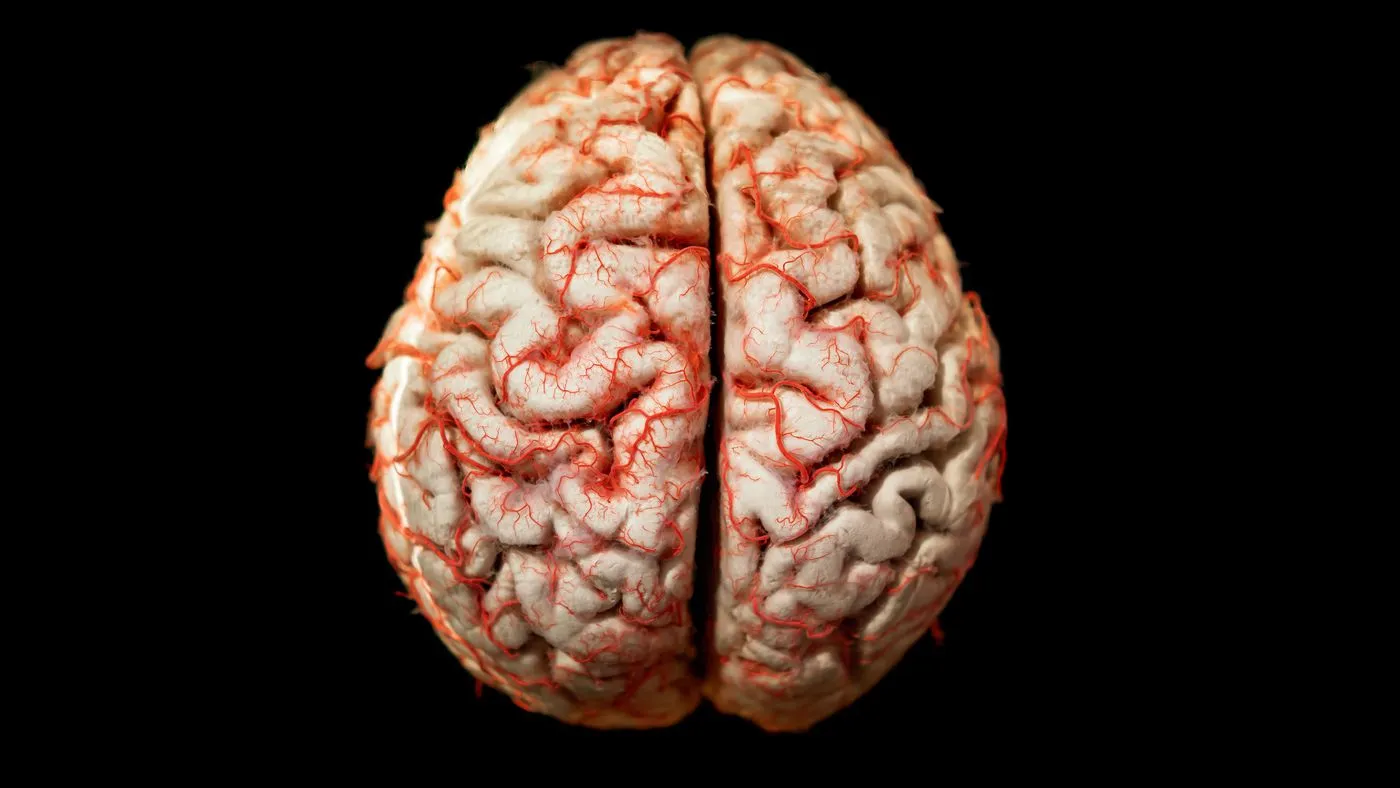What does gray matter in the brain do? Gray matter in the brain is an important part of the nervous system. It is found in the brain and spinal cord and is made up of neuron cell bodies. Gray matter is most dense in the cerebellum and extends into the spinal cord.
According to Dr. Andrew Tarulli, chief of neurology at Overlook Medical Center and director of the neuroscience service at Atlantic Health System, gray matter refers to the neuron-rich areas of the brain where much of the cognitive and emotional functioning takes place. Dr. Tarulli emphasizes the necessity of gray matter for various aspects of human behavior.
Gray matter and white matter
White and gray matter are components of the central nervous system. Gray matter is found outside the brain and has a grayish color. Both gray and white matter are important for brain function, but gray matter is more influential in our daily functions.
According to Colleen Hanlon, neurobiologist and Vice President of Medical Affairs at BrainsWay, white matter enables communication between different regions of gray matter. While gray matter represents cities on the brain map, white matter represents the roads that connect these cities. Both need to work smoothly for the brain to function effectively.
Gray matter helps us control motor movements and perceive environmental sensory signals. It also plays important roles in our cognitive processes, especially in areas such as memory, decision-making, language and attention.
According to Dr. Tarulli, gray matter plays an important role in cognitive processing and governs intelligent thought. Some research shows that there are changes in gray matter in individuals with attention deficit disorder.

Emotional regulation
Gray matter plays an important role in regulating our emotions. For example, a 2016 study found that emotional regulation was associated with a decrease in gray matter in the orbitofrontal cortex part of the brain. Decreased gray matter volume was associated with the ability to process emotions in a healthy way. The researchers suggested that changes in gray matter likely contribute to the development of psychiatric conditions in which emotional dysregulation is the main symptom.
What does gray matter in the brain do?
According to Dr. Tarulli, it is not known for certain how our nervous system affects our mental health. However, although most mental health conditions do not involve gray matter disorders, changes in gray matter can be associated with various mental health problems. “Injuries to gray matter can lead to mental health disorders,” Dr. Tarulli said. Various neurological and psychiatric conditions are associated with gray matter abnormalities. Here’s what you need to know:
- Alzheimer’s disease is characterized by plaque build-up on gray matter in the brain and can cause significant memory and motor function problems.
- Major depressive disorder is associated with a decrease in gray matter volume.
- Parkinson’s disease involves body tremors caused by gray matter changes.
- Multiple Sclerosis (MS) is associated with lesions in both gray and white matter.
- Schizophrenia has been associated with gray matter changes and there is increasing evidence of this.
Neuroplasticity
Neuroplasticity is the ability of the brain and neurons to change and adapt depending on learning, experience and environmental factors. Although there is limited data on gray matter and neuroplasticity, some evidence suggests that gray matter can be positively modified. For example, some studies have shown that long-term mindfulness meditation can cause structural changes in gray matter. Furthermore, a study from 2020 found that even a short mindfulness training (around 10 hours) can trigger gray matter plasticity.

Factors affecting gray matter
There are several factors that influence gray matter. Some of these we have control over (e.g. lifestyle choices), while others are beyond our control (e.g. aging). Let’s take a look at the type of factors that can lead to changes in gray matter.
What causes gray matter loss?
As we age, most adults experience some level of cognitive decline. This can include changes in attention span, working memory and cognitive processing speed. Not everyone experiences cognitive decline to the same degree and in the same areas, but often the changes are associated with a decrease in gray matter.
Other factors that can cause gray matter loss include trauma and post-traumatic stress disorder, head trauma and traumatic brain injuries.
Lifestyle factors
The relationship between aging and gray matter loss is not necessarily a pessimistic one, but according to Dr. Hanlon, there are some factors that can increase gray matter loss. “As we age, a decline in gray matter is inevitable, but some factors can exacerbate this decline,” he says. Controlling these factors can reduce the extent of cognitive decline.
Certain lifestyle choices can protect the gray matter in your brain, Dr. Hanlon says. These choices include avoiding excessive alcohol consumption, getting enough sleep, keeping chronic diseases under control (for example, high blood pressure and diabetes), quitting smoking and adopting a healthy diet.
How can I heal the gray matter of my brain?
According to Dr. Tarulli, if the gray matter in your brain is damaged or altered, there is no known way to repair it. But there are ways to preserve gray matter and adopt a healthier lifestyle.
Maintaining your cardiovascular health is important. “The best way to preserve gray matter is to take care of your cardiovascular health, which reduces the risk of stroke,” says Tarulli. “These include adopting a healthy diet, quitting smoking and keeping blood pressure under control.”
It’s also important to stay physically, socially and intellectually active, Tarulli says. These are all important interventions to maintain gray matter health.

What does the research say?
Research has found that staying physically active during the aging process can protect gray matter and reduce the risk of dementia and Alzheimer’s. Furthermore, alcohol consumption has been found to be strongly associated with gray matter decline and limiting alcohol intake is important.
Finally, there is research that excessive stress is associated with gray matter changes. Engaging in stress-reducing activities, especially methods such as mindfulness meditation, may help to keep gray matter healthy.
Cognitive Training
Cognitive training includes any activity that helps you maintain your brain’s abilities such as problem solving, critical thinking, memory and attention span. Examples of cognitive training include daily crossword puzzles, reading, playing knowledge games and participating in challenging card or puzzle games. Many older people choose to engage in these activities to keep their brains sharp. There is some evidence that these activities can protect your gray matter. Also, participating in cognitive training throughout your life may reduce your risk of memory problems as you age.
Gray matter has been shown to respond nicely to meditation, which stimulates the release of a protein called BDNF (brain-derived neurotrophic factor), which promotes the growth and maintenance of neurons in your brain. Regular meditation can improve information processing skills.
White matter responds mainly to healthy fats because brain matter is made up of fats. Using dark green oils such as olive oil for dinner or opting for other sources of healthy fats can stimulate an increase in white matter. These sources include cold-water fish, organic nut butters, coconut, avocado, shellfish, omega-3, eggs, cod liver oil, flaxseed, chia seeds and hemp seeds. This increase in white matter can improve signal transmission in your brain.
References: https://www.verywellmind.com/what-does-grey-matter-in-the-brain-do-7547412
https://drgregwells.com/blog/build-a-better-brain




Leave a Reply